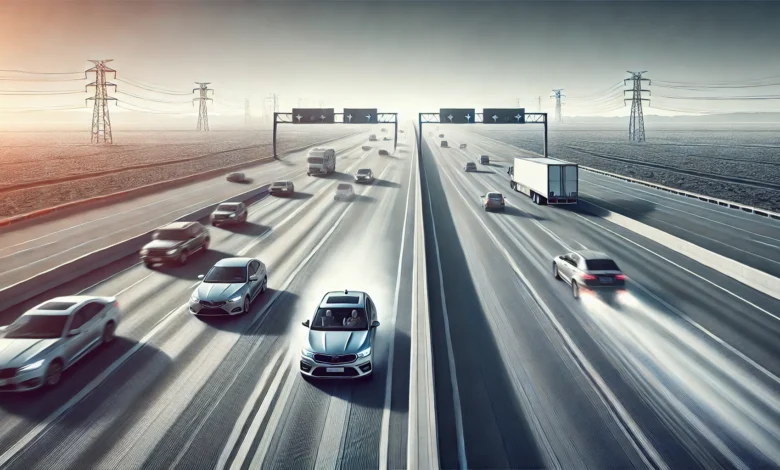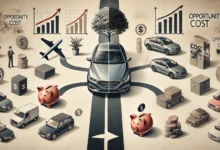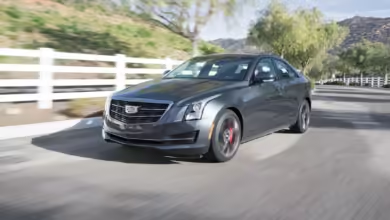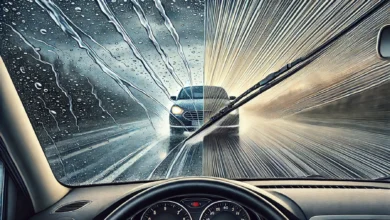What is the Difference Between Reckless Driving and Aggressive Driving?

Driving behaviors play a significant role in road safety, and terms like reckless driving and aggressive driving are often used interchangeably. However, these behaviors have different meanings and implications. Understanding what is the difference between reckless driving and aggressive driving is essential for promoting safer roads and avoiding legal trouble. Let’s explore the distinctions, consequences, and tips for preventing these dangerous driving habits.
Defining Reckless Driving
Reckless driving refers
- Excessive speeding well over the posted limit.
- Running red lights or stop signs.
- Swerving or making unsafe lane changes without signaling.
The consequences of reckless driving are often severe. In many regions, it is considered a criminal offense and can result in significant fines, license suspension, or even jail time. The legal definitions of reckless driving may vary by state or country, but the core idea is that it’s behavior that puts others at significant risk. Reckless drivers may not necessarily be angry or frustrated; their actions stem more from indifference to rules and safety.
Defining Aggressive Driving
Aggressive drivi
- Tailgating (following another vehicle too closely).
- Cutting off other drivers or weaving between lanes rapidly.
- Honking excessively or using gestures to express anger.
While aggressive driving may not always reach the level of criminal recklessness, it often results in traffic citations and fines. Additionally, it can escalate quickly into road rage, increasing the chances of accidents and confrontations. Laws regarding aggressive driving vary, but it’s typically characterized by actions intended to intimidate or provoke other drivers.
Key Differences Between Reckless and Aggressive Driving
Though both behaviors are dangerous, the difference between reckless driving and aggressive driving lies in the intention and emotional state of the driver. Reckless driving is about disregarding safety laws and acting carelessly, often without the intention to harm others but still showing an indifference to the consequences. On the other hand, aggressive driving is emotion-fueled, with the
For example:
- A reckless driver might speed excessively on an open road simply because they feel confident in their driving skills.
- An aggressive driver may speed up and weave through traffic because they’re angry about being cut off or frustrated by congestion.
Both behaviors are unsafe, but they are motivated by different factors. Reckless driving often results from overconfidence or a sense of invincibility, while aggressive driving stems from emotional reactions and the desire to retaliate against perceived slights on the road.
Consequences of Both Driving Behaviors
The consequences of reckless and aggressive driving are serious, as they can lead to accidents, injuries, and even fatalities. Here are some potential outcomes of both behaviors:
- Higher insurance premiums due to traffic violations.
- Loss of driving privileges from repeated offenses or serious incidents.
- Criminal records for reckless driving or aggressive behavior that leads to accidents.
- Financial losses for damages caused to property or other vehicles.
According to studies, reckless and aggressive driving contributes significantly to traffic accidents and road fatalities. Many crashes could be prevented if drivers adhered to safe driving practices and kept their emotions in check.
Prevention and Safe Driving Tips
Preventing reckless and aggressive driving begins with being aware of your own driving habits and emotional state. Here are some practical tips to help you drive safely and avoid these behaviors:
- Plan your route ahead of time to minimize stress and ensure you aren’t in a hurry.
- Practice patience and stay calm in traffic; listening to calming music or using breathing techniques can help.
- Keep a safe following distance from other vehicles to avoid tailgating and ensure you have enough time to react.
- Avoid distractions, such as using your phone or engaging in heated discussions while driving.
- Take breaks on long journeys to prevent fatigue, which can lead to impatience and risky driving behaviors.
By keeping these practices in mind, you can help reduce the chances of engaging in reckless or aggressive driving and make the roads safer for everyone.
Conclusion & Future Prevention
Understanding what is the difference between reckless driving and aggressive driving is crucial for anyone who gets behind the wheel. Reckless driving is characterized by a disregard for safety laws, often done without emotional intent, while aggressive driving is fueled by emotions and is aimed at intimidating or provoking others on the road. Both are dangerous, but awareness and active prevention can go a long way toward promoting safe driving habits.
To prevent similar issues in the future:
- Adopt a mindful approach to driving; be aware of your emotional state and driving behaviors.
- Practice defensive driving techniques to anticipate potential hazards and reduce risks.
- Respect all traffic laws and road signs, and recognize that safety should always be best online pharmacy with fast delivery buy trazodone online with the lowest prices today in the USAa priority.










